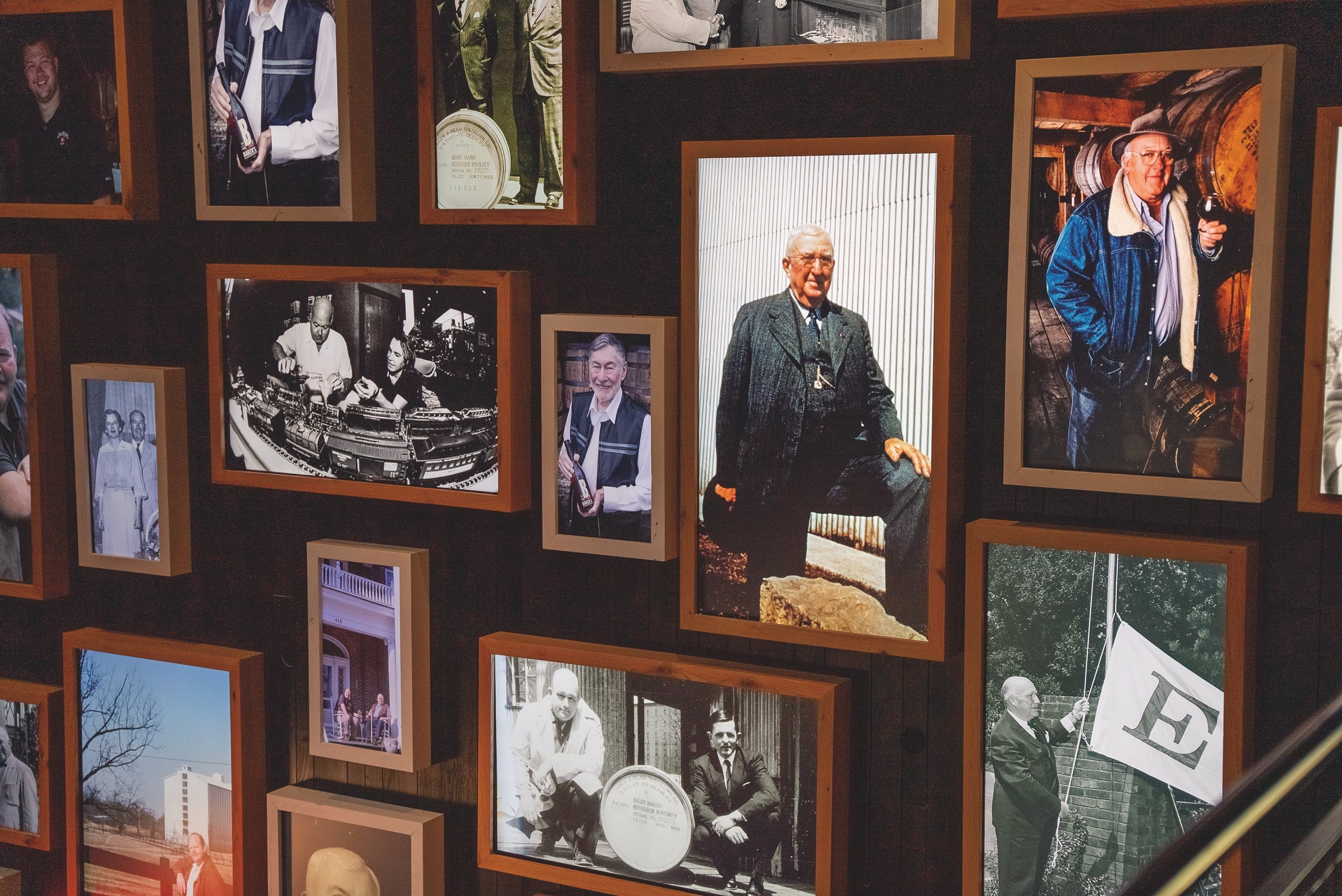Distilling the American spirit
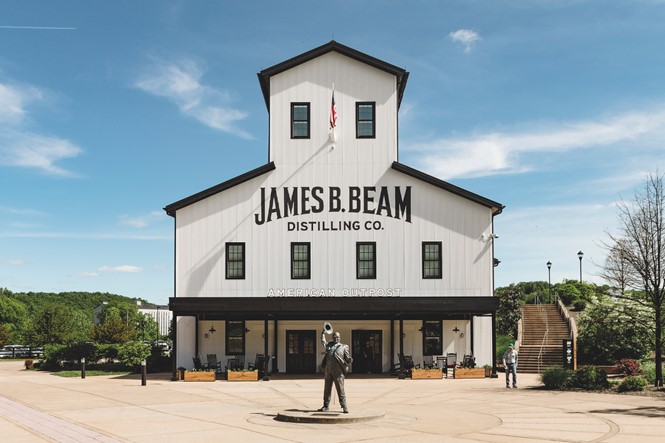
The James B. Beam Distilling Company has embedded itself as the hallmark destination on the Kentucky Bourbon Trail through showcasing its family heritage. What clues does this give us about the future of US brands? Jack Cousins finds out more
Throughout the 20th century, America’s blossoming economy became partially characterised by how brands connected with their newly affluent audiences. Disney, Universal Studios and Hershey are all iconic brands who took the extra step by creating unforgettable brand experiences through the medium of theme parks. If the national zeitgeist was of optimism and growth, Mickey Mouse was America’s mascot.
Times change, however, and with the American Dream discredited in many quarters, today’s consumers are less invigorated by the notion of optimism than by something deeper: authenticity. Luckily for modern Americans, this can be found by the barrelful in the state of Kentucky. With bourbon whiskey having been rubberstamped as a “distinctive product of the United States” by Congress in 1964, it’s hard to find anything more authentically American. This potential was finally unlocked some 35 years later when the Kentucky Distillers’ Association founded the now flourishing Kentucky Bourbon Trail.
With most of the trail’s 19 distilleries located between the cities of Louisville and Lexington in the north of the state, it has become a mini sensation over the past two decades. It can simultaneously boast the country’s largest bourbon brands, such as Jim Beam and Evan Williams, while also accommodating smaller ones like Angel’s Envy. This creates a truly unique experience for bourbon lovers, which is probably why the trail’s yearly attendance surpassed 2 million for the first ever time in 2022.
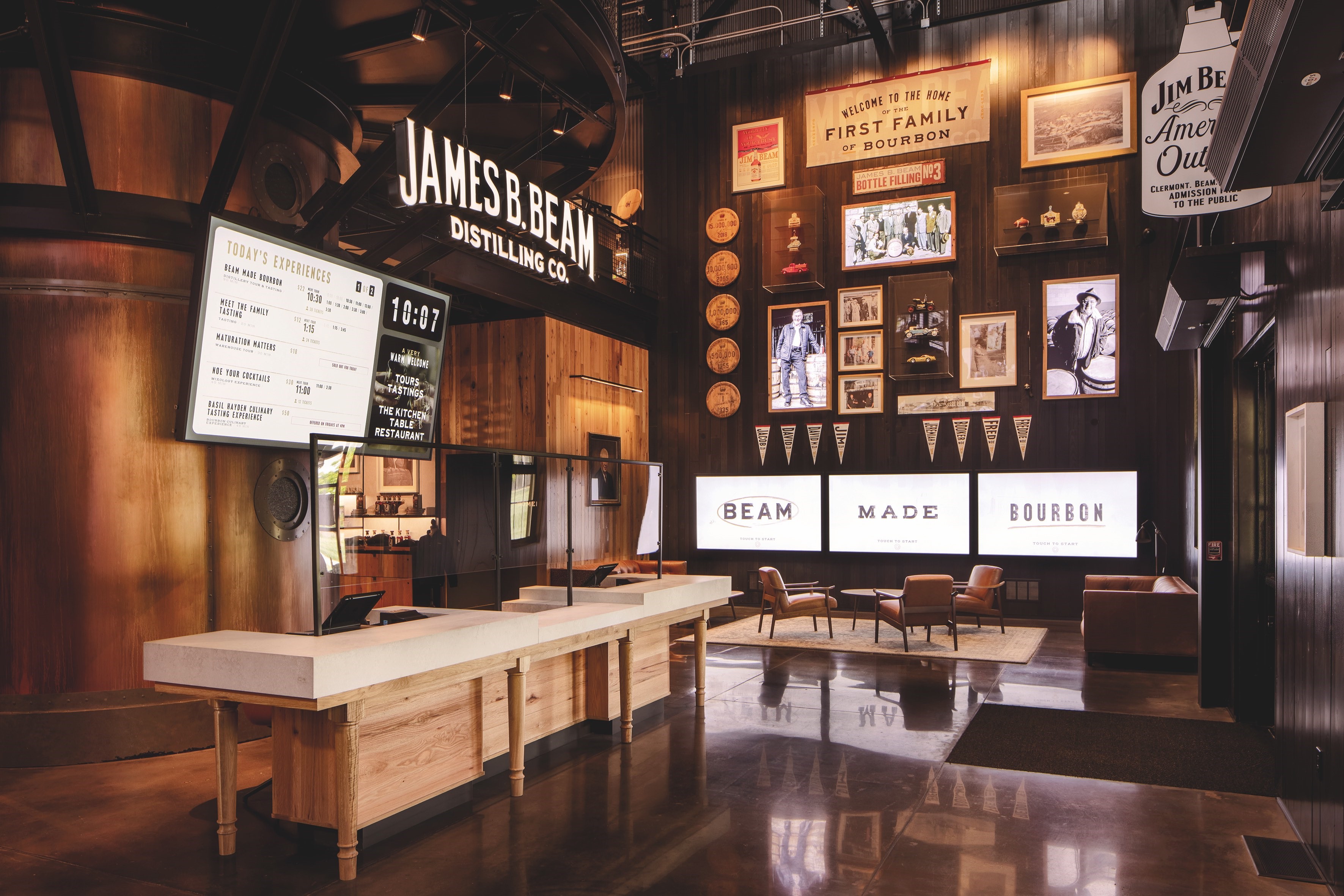
Despite the co-dependence and community feel amongst the bourbon brands, the fact that tours can be over 60 kilometres apart from one another means a healthy competition exists to be the standout destination. Generally considered one of the best stops on the entire trail, the James B. Beam Distilling Company sought the help of Love, a British agency from Manchester, to find a way for its 400-acre site to match the status of the Jim Beam brand itself.
Turning to a design agency a continent away, where bourbon whiskey cannot even be made, may seem an odd decision, but Love had previous experience in transforming brand spaces for Diageo behemoths Johnnie Walker and Guinness. With parent company Beam Suntory adamant in wanting an outsider’s perspective to avoid well-worn bourbon cliches, Love became the natural choice to redefine its distillery tour experience.
During the pitching process, the agency’s senior creative director, Chris Myers, flew out to Kentucky with two colleagues to sample the competition and get to grips with Jim Beam’s distillery tour in Clermont, Bullitt County. Admittedly not overwhelmed by what other distilleries offered, Myers recognised Jim Beam’s offering as a cut above the rest and was particularly impressed by the quality of the tour guides.
He recalls, “It was by far the best tour in terms of engagement because I think they got the tone of it right. They put you on a bus and they instantly started making you laugh. You introduced yourself to everyone and you left the tour feeling like a group of people, which is important because there were lots of couples. And the tour guide’s energy was just fantastic. She was very honest about having a hangover from the night before, so you felt there's just something a bit rock'n'roll about it all.”
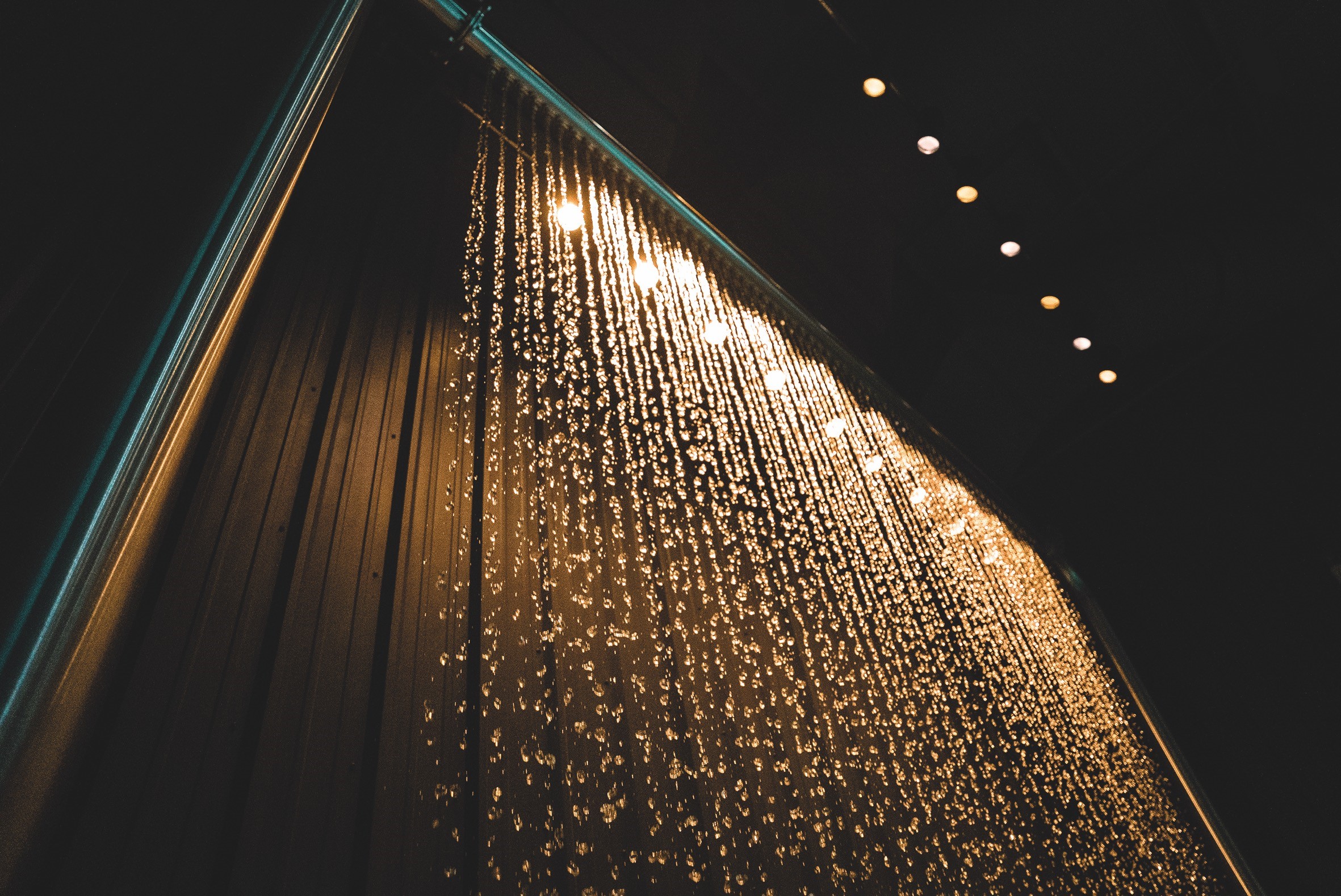
There were, however, big issues. While tour guides would present Jim Beam as the biggest bourbon brand in the world, what visitors were actually faced with was more befitting of a mini distillery. Additionally, the whiskey produced in the vats seen on the tour would never be sold as Jim Beam products, leading to an inauthentic feel or ‘Disneyfication’, as Myers describes it.
Beating two American agencies to win the project, Love went about harmonising the site and scaling up the experience. Nowhere seemed a better place to begin this process than reimagining its focal point, the American Stillhouse. Operating as the visitor and retail centre, the building was quickly identified by Love as appearing too industrial. This was exemplified by an elevator inside being dressed up as an enormous column still; the ultimate bourbon cliché made reality.
Looking deeper to find the American Stillhouse’s true meaning, Myers drew inspiration from quintessential stores in small rural American towns. Often characterised by bold yet charming wooden facades, they are the beating heart of community life. Love leaned on this aesthetic by ditching the building’s dull, confused grey for a more purposeful and cleaner white makeover. Along with reverting back to calling it the American Outpost (a name shared with the distillery’s original visitor experience), the agency premiumised the interior to give it a more homely feel. Now replete with rugs to soften the dense, concrete space, the building’s purpose is much the same, but its look and feel is more in tune with the Jim Beam brand.
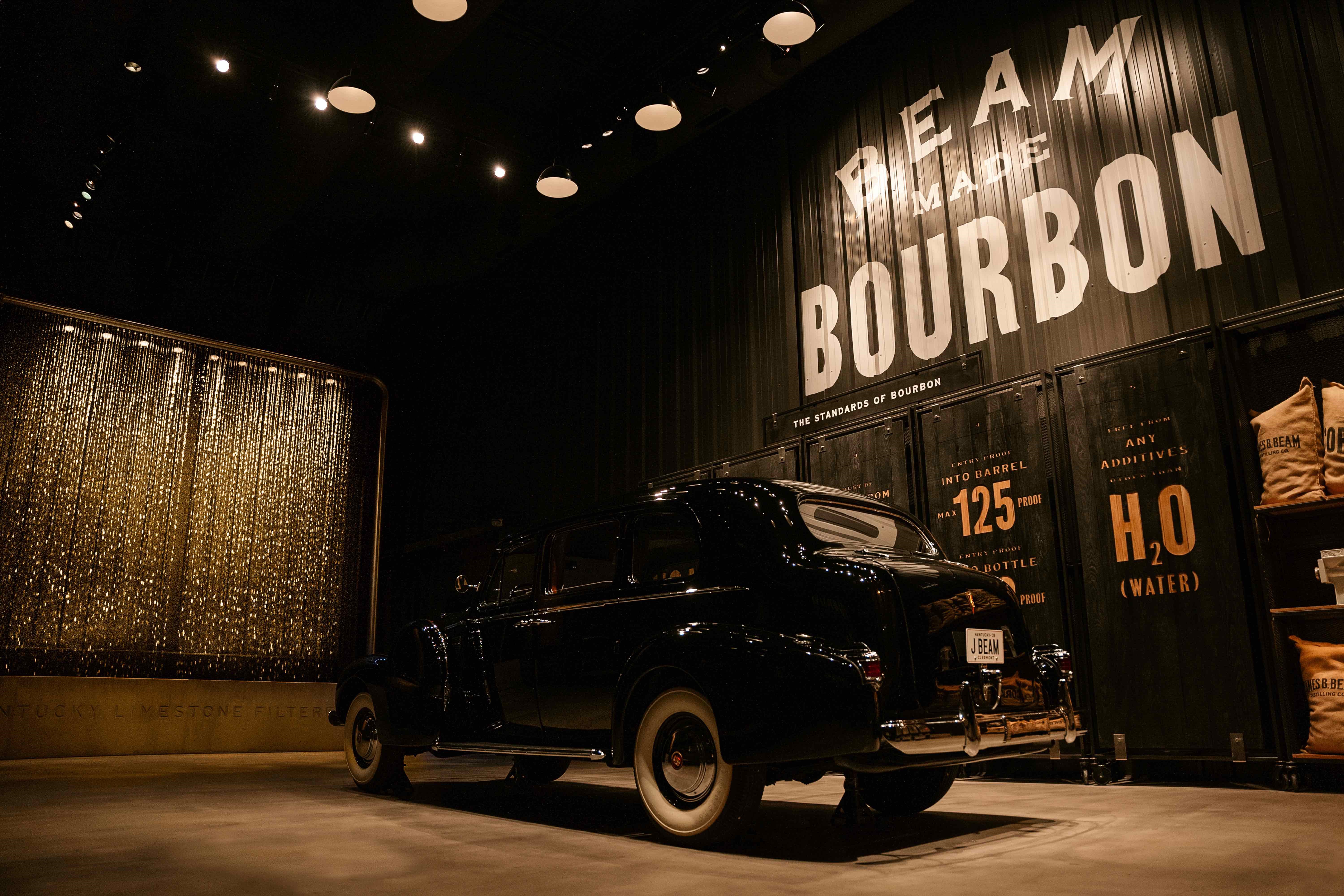
The next space to revise, and the most crucial to Myers, was the room at the start of the renamed Beam Made Bourbon tour. Once displaying a mini distillery, which demonstrated the three stages of fermentation, the space simply failed to match the enormity and depth of the triple height room which hosted it.
Determined to “wow” visitors when kicking off the tour, one end now hosts a ceiling-high waterfall that shows off the limestone filtered water used to make some of the brand’s whiskey. Meanwhile, the other end sees the introduction of a ‘cornfall’ (think waterfall but corn), further highlighting the importance of the ingredients and the care with which Jim Beam selects them.
With visitors particularly drawn to the distillery because of the celebrity nature of the Jim Beam family name, and the fact bourbon has been made on site for over 200 years, Love was not going to miss a chance to reference family history. Parked proudly as the room’s centrepiece sits a vintage Cadillac with a copper jug of yeast strapped into the passenger seat.
Myers explains, “We unearthed one story that Jim Beam himself was so scared of a fire at the distillery that he insisted on having some of his famous yeast with him at all times. That same yeast strain is what they work with today, so we thought what a great way to get people to understand that this ingredient is probably the most influential in terms of impacting the bourbon’s flavour.”
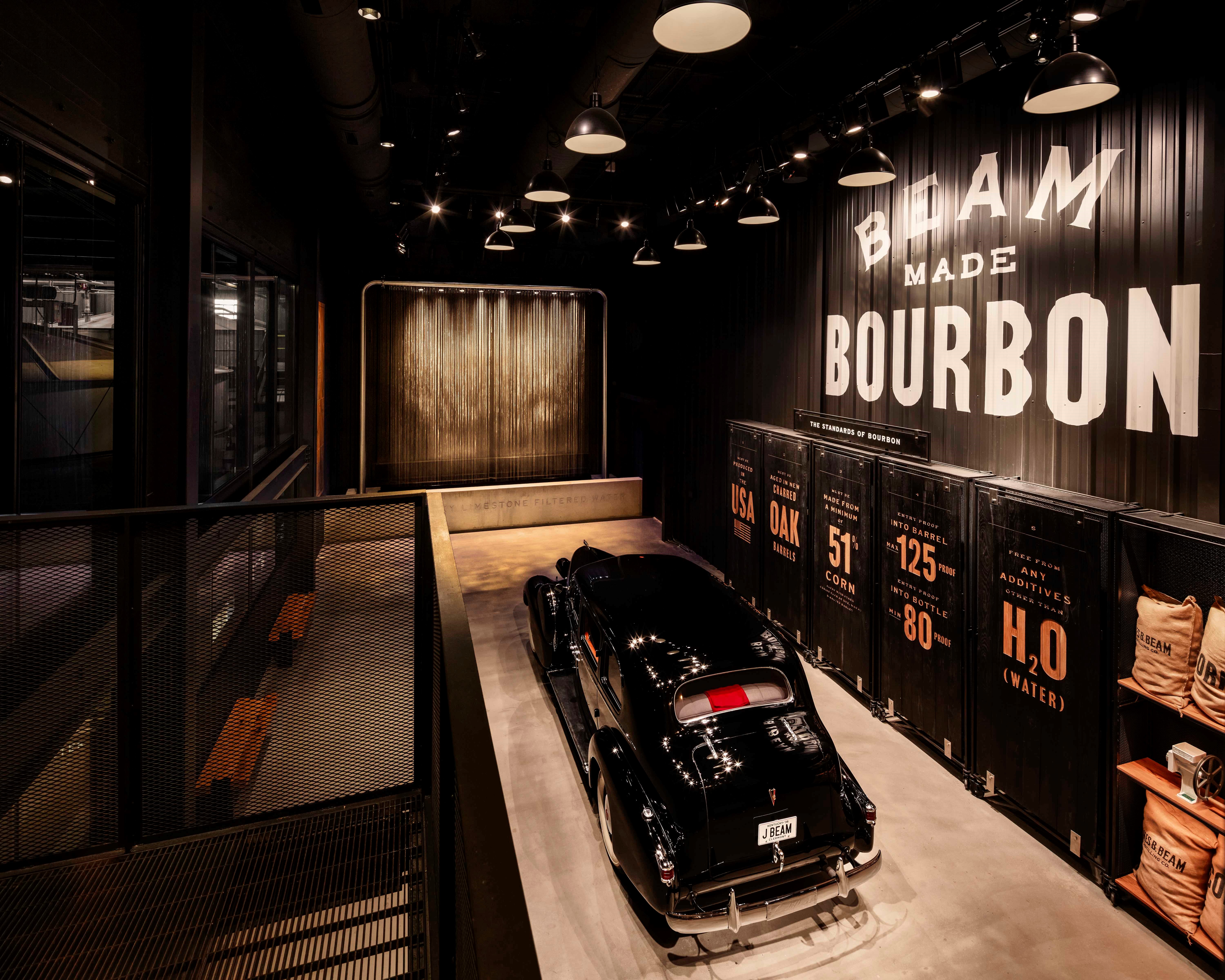
If the Beam Made Bourbon tour was now more conscious of the brand’s history and legacy, then the newly built Kitchen Table bar and restaurant simply oozes it, capping off a masterclass in experiential branding. The lavish interior space makes use of elegant wood and leather details, while the back porch deliberately overlooks the striking Bernheim Arboretum and Research Forest.
Despite much of the seating boasting this scenic view, it is one table in particular that visitors clamour to dine at. With the Beam name dying out, it is the Noe family who carry on the family legacy, with father and son team Fred and Freddie respectively representing the seventh and eight generation of Jim Beam Master Distillers. Playing on the highly unusual and legendary status of the family in the world of bourbon, one table is dedicated specifically to the Noes. With family pictures hanging above, the chairs are inscribed with the names of family members.
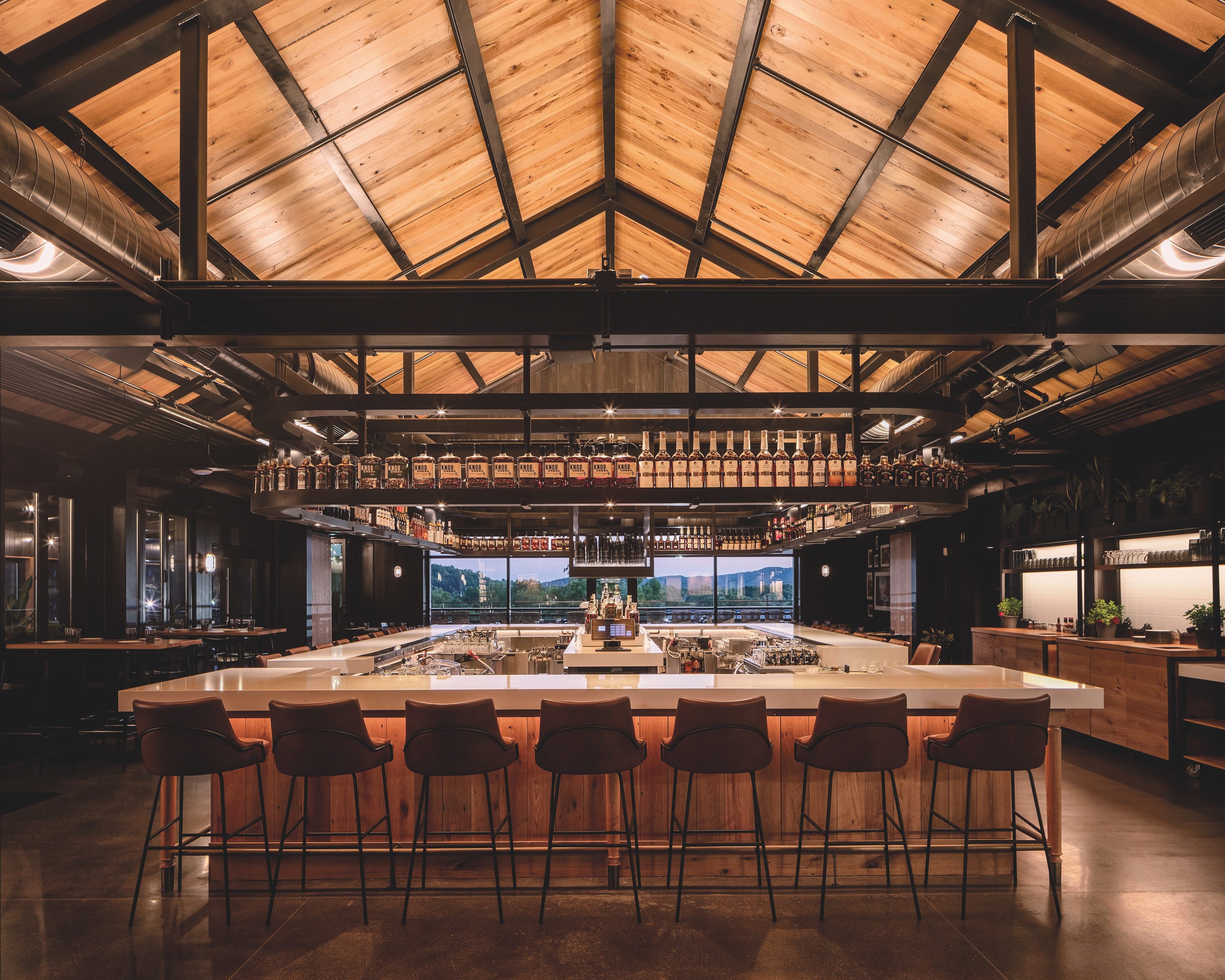
Given the restaurant is constantly booked out, and Freddie Noe now brings his family to eat lunch at that table every Sunday, Love certainly hit the mark. Part of the reason for this is Myers’ vision that the space should be for everyone, from distillery tourists to locals to staff.
He recalls, “I had this wonderful moment where I went into The Kitchen Table to observe what was going on. The vibe felt relaxed and on a table in front of me, three ladies from Louisville were celebrating someone’s birthday. They were locals who came here and were talking about how they never used to have anywhere to go like this. For us, it’s a real jewel in the crown.”
With the idea of what it once meant to be a successful brand in the 20th century slowly fading, perhaps it is those who can harness new ideals of authenticity and coherence that will come to sit in the collective conscience of America. Baseball, hot dogs and apple pie, with just a hint of bourbon whiskey.
